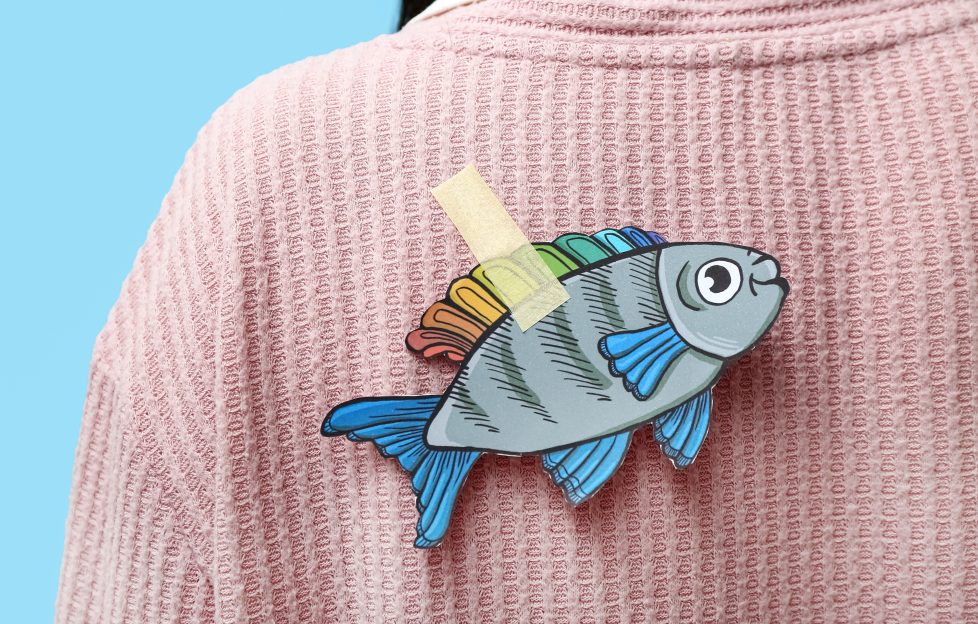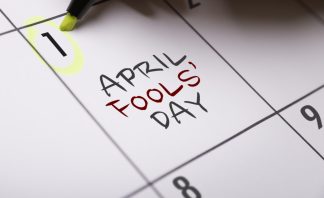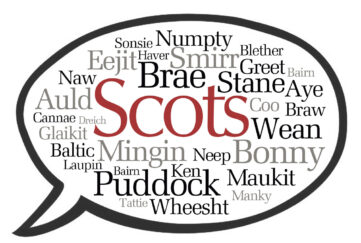Hunt The Gowk: The History Of April Fools’ Day In Scotland

In Scotland, Hunt the Gowk was an old tradition on April 1, which shared the spirit of April Fools’ Day. Pranks were played and fools were made – let’s take a look at the origins of the day and some of the very specific tricks played.
Historians theorise that April Fools’ Day dates back to 1582. This was the year that France switched from the Julian calendar to the Georgian calendar. The new year no longer began with the spring equinox on April 1, but landed after Christmas on January 1.
Those who got the memo celebrated the new year in January for the first time, while those who didn’t receive the news continued to celebrate in April. The latter were immediately taunted and labelled as “April fools”.
The practical jokes – or mass bullying – began. A favourite among 16th century pranksters was the act of sticking a paper fish on an April fool’s back. This was to compare the person to a gullible, easy to catch fish.
Hunt the Gowk
April Fools’ Day really caught on during the 18th century and spread throughout the UK. In Scotland, the tradition became a two-day event and even had it’s own name.
It all began with Hunt the Gowk on April 1. The term “gowk” refers to a cuckoo bird and can be used to describe a fool. Hunt the Gowk was also often shortened to “Huntegowk”.
Some poor sod – typically a young apprentice – was sent on a pretend errand which turned into a wild goose chase. Often this involved delivering a sealed “important letter”, which was entirely fake.
Whoever received the letter would open it to read: “Dinna laugh, an’ dinna smile. But hunt the gowk another mile”. Now in on the joke, they would send the messenger away and onto someone else.
It’s anyone’s guess how long it took the victim to catch on – some must’ve gone to multiple addresses before realising it was all a trick.
For the gullible among us, lunchtime on April 1 has always restored a sense of safety.
To even the playing field a bit, all practical jokes must stop by midday or you automatically become the fool. The same rules still applied to Hunt the Gowk.
Following Hunt the Gowk Day, the fun continued on April 2 with Tailie Day. This involved more physical pranks such as pinning paper tails on people’s bums or “kick me” signs on their backs – possibly evolutions of the paper fish.
Both Hunt the Gowk and Tailie Day are no longer common practice and have been replaced by April Fools’ Day. However, it’s clear to see that April Fools remains akin to the spirit of the older traditions that came before it, revolving entirely around playing pranks on unsuspecting individuals with the aim to embarrass.






